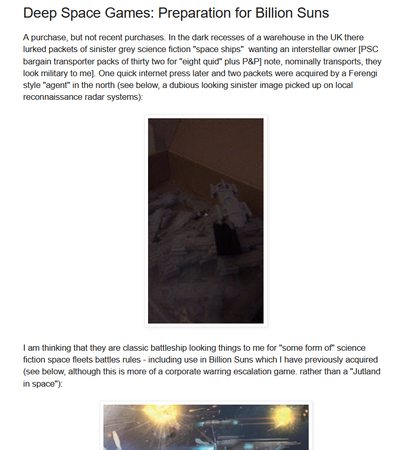I decided to use metallic colours for the armour. I have painted a lot of miniatures in NMM (non-metallic metal) in the past, but have tired of it. Usually, you would not necessarily use metallic colours for the armour - it would look really nice to use other strong colours, such as with Space Marines. But I wanted to paint it really rusty, with a special method I want to explain to you.
At first, I mixed steel colour (Lascaux) with black.
The metallic colours by Lascaux are really great, by the way, and at the moment I exclusively use them (no, they don't sponsor me!).
With this mix, I primed the armour, leaving thin black lines on all the depressions, and the borders to other colours and parts of the mini. This technique is called blacklining, and makes the miniature look really sharp, especially looking at it from a distance.

After that, I used pure steel colour to paint all of the raised parts of the armour.

At last, I used aluminium colour for the edges and highest parts of the armour.

Now, I wanted to age the metal - for which I used soft pastel chalk. A lot of painters on the historical miniature scene use this technique to age their miniatures. Using a knife, you scratch some of the chalk into powder. Now using an old brush, dip it into the powder and paint it on the miniature. With a little practice, you can easily give your miniatures a nice, aged outlook. I used a reddish brown at first; a red and an orange, subsequently.



The gun and the axe-shaft I painted black. I highlighted the black by adding white to it. The trick to make it look black (and not grey) is to keep it very dark, but to highlight with pure white on very small parts only (or, if you don't want to make it shiny, use light grey).













